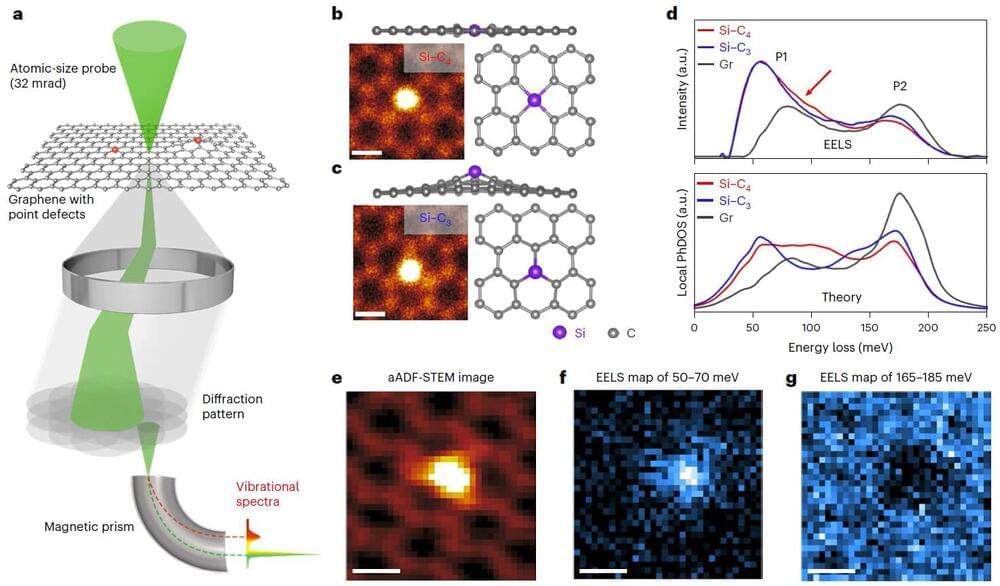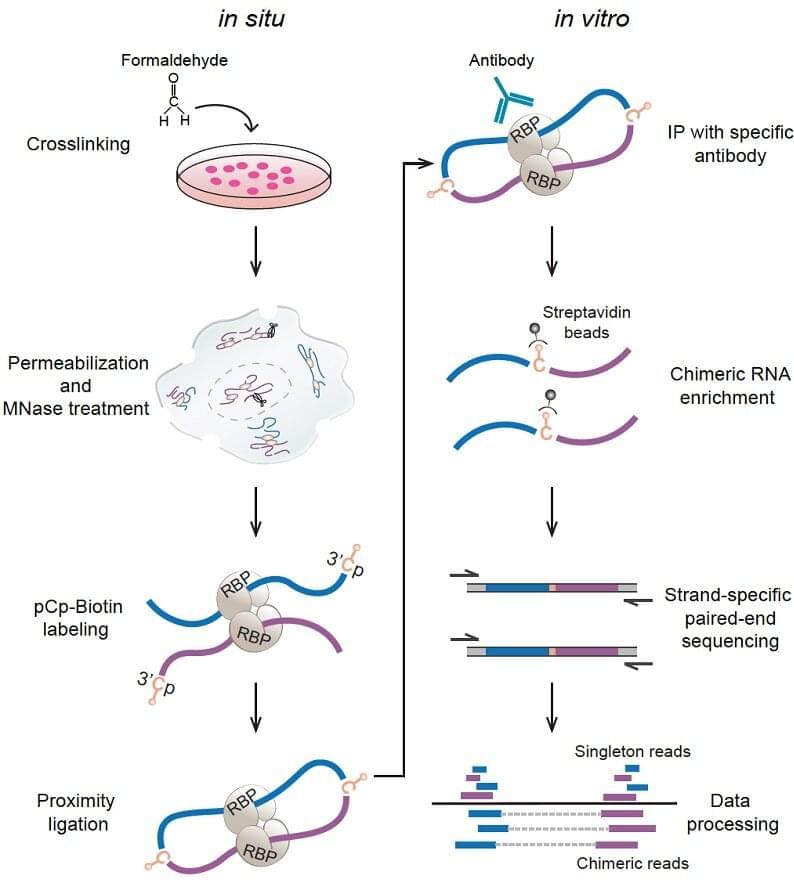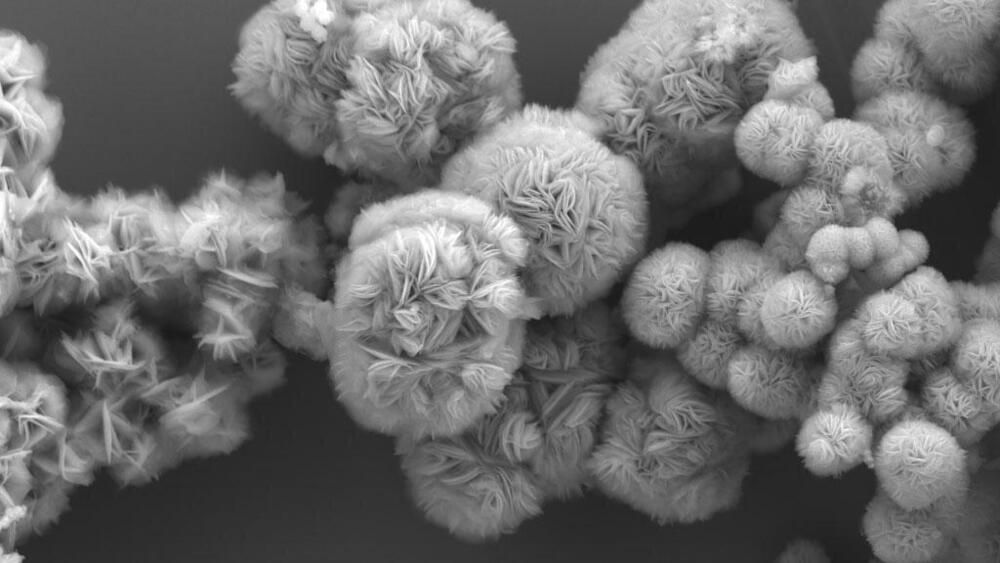Researchers led by Prof. Zhou Wu from the University of Chinese Academy of Sciences (UCAS) and Prof. Sokrates T. Pantelides of Vanderbilt University have pushed the sensitivity of single-atom vibrational spectroscopy to the chemical-bonding-configuration extreme, which is critical for understanding the correlation of lattice vibrational properties with local atomic configurations in materials.
Using a combination of experimental and theoretical approaches, the researchers demonstrated the effect of chemical-bonding configurations and the atomic mass of impurity atoms on local vibrational properties at the single-atom level.
The study was published in Nature Materials.





